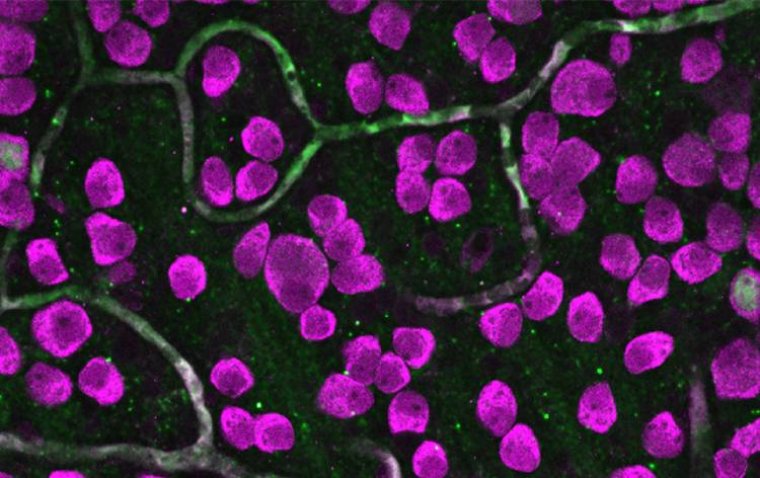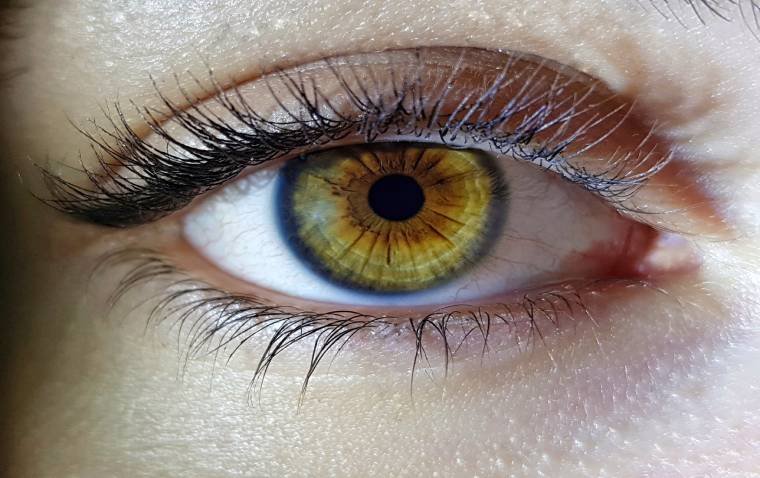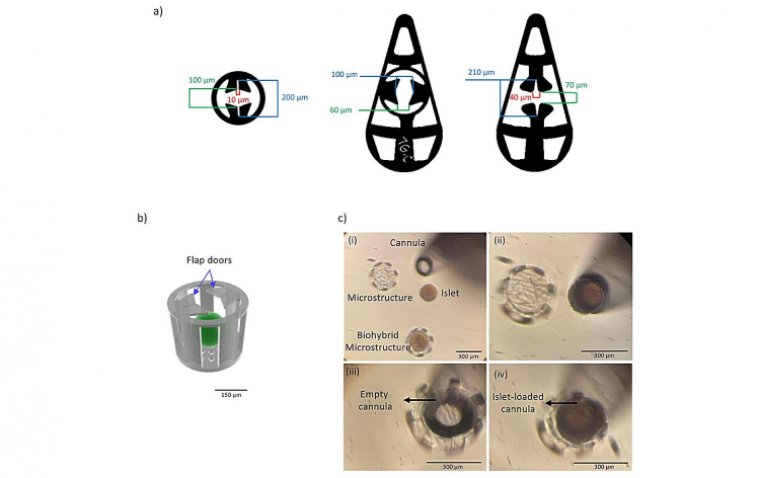
Ophthalmic Complications Observed in Patients Using Semaglutide and Tirzepatide
A recent study led by Bradley J. Katz, MD, PhD, and colleagues from the John A. Moran Eye Center, Department of Ophthalmology & Visual Sciences, and Department of Neurology at the University of Utah Health, has identified ophthalmic complications in patients taking semaglutide and tirzepatide, two medications commonly prescribed for diabetes management. However, the study did not establish a causal relationship between these drugs and the reported eye conditions.
Rationale Behind the Study
According to the authors, nearly 2 percent of the U.S. population received a prescription for semaglutide in 2023. Growing concerns about potential ophthalmic complications linked to semaglutide and similar drugs prompted further investigation.
To explore this issue, Katz and colleagues conducted a retrospective case series focusing on patients who had experienced eye-related complications while using semaglutide or tirzepatide. The primary outcomes assessed in the study were visual acuity and visual field defects.
Key Ophthalmic Findings
The study analyzed data from nine patients who presented with ophthalmic complications while taking semaglutide or tirzepatide. The cohort included:
• Five women
• Mean age: 57.4 years (range: 37–77 years)
Types of Observed Eye Conditions
Among the nine cases, the researchers identified:
• Seven patients with nonarteritic ischemic anterior optic neuropathy (NAION)
• One patient with bilateral papillitis
• One patient with paracentral acute middle maculopathy (PAMM)
Atypical Features Noted
Some patients presented with unusual characteristics, including:
• Sequential ischemic optic neuropathy
• Bilateral disc swelling at initial presentation
• Progressive vision loss
Uncertain Link Between Medications and Eye Complications
The authors emphasize that the study does not confirm a causal relationship between semaglutide, tirzepatide, and these ophthalmic conditions. However, they propose a possible hypothesis:
"In some cases, it is hypothesized that rapid correction of hyperglycemia induced by these drugs, rather than a toxic effect of the drugs, could be associated with the ophthalmic complications reported."
Conclusion
While this study highlights potential eye-related complications in patients using semaglutide and tirzepatide, further research is needed to determine whether these medications directly contribute to vision-threatening conditions. Clinicians prescribing these drugs should be aware of possible ocular side effects and monitor patients for visual changes that may require further evaluation.
Reference:
Katz BJ, Lee MS, Lincoff NS, et al. Ophthalmic complications associated with the antidiabetic drugs semaglutide and tirzepatide. JAMA Ophthalmol. Published online January 30, 2025. doi:10.1001/jamaophthalmol.2024.6058
(1).jpg)










